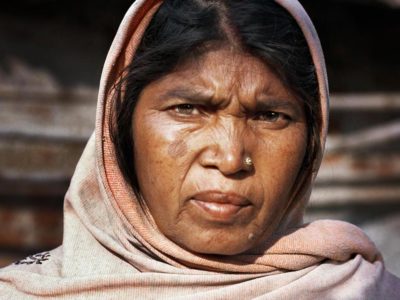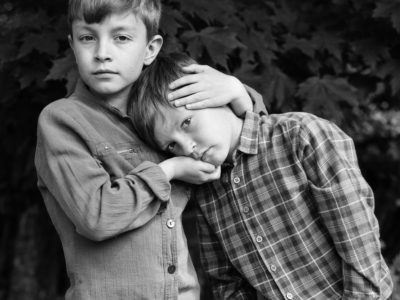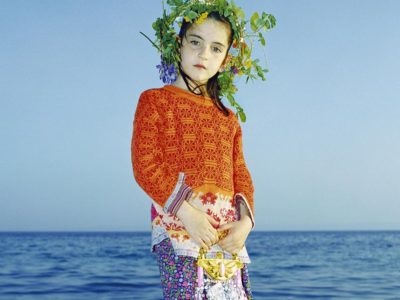FotoWeb – This Week’s Ten Best Photography Links
FotoWeb is your weekly guide to the best of photography on the web. This week we loved Tine Poppe’s and Omar Victor Diop’s works on immigration, which have a different approach to the subject matter but both make use of color as a predominant element. We also enjoyed Ilyes Griyeb’s photos of youth in Morocco and the fantastic selection of Eastern European portrait photographers made by The Calvert Journal. Finally, big thanks to the LensCulture team for having a chat about FotoMarket with Fotografia’s founder Graziano Ferri – have a read and contribute to the FotoMarket campaign!
See below for the full list of this week’s best photography links, and sign up to our weekly newsletter to receive next week’s FotoWeb in your email inbox!

Photos by Birthe Piontek. Via Thisispaper.

In this interview with LensCulture, Fotografia’s founder Graziano Ferri shares some insight into FotoMarket and the world of photobooks in general. Have a read and contribute to the FotoMarket campaign!

Photos by Tine Poppe. Via GUP.

Photos by Omar Victor Diop. Via Proof.

Photos by Ilyes Griyeb. Via Another Something.

Photos by Ilia Yefimovich. Via YET.

Photos by various artists (above image by Tatiana Vinogradova). Via The Calvert Journal.

Photos by Allison Morris. Via Ignant.

Photos by Mikael Lafontan. Via Phases.

Photos by Victor Cobo. Via American Photo.
Here’s a few highlights of our own posts of this week:



Keep looking...

FotoCal — Photography Awards, Grants and Open Calls Closing in November 2017

FotoFirst — Chris Aadland Captures Daily Life in a Small Icelandic Town

Hermitage — Margo Ovcharenko Portrays Young Russians Exploring Their Bodies and Sexuality

East Selects Four Different Entrants as the Winners in the Single Image Category of #FotoRoomOPEN

The Winner in the Series Category of #FotoRoomOPEN | East Edition is Damien Maloney

Introducing Rubber Factory, the Gallery Where #FotoRoomOPEN’s Winner Will Exhibit Their Work

Women of God — Sara Hylton Portrays the Indian Women Marked by the Stigma of ‘Untouchability’




